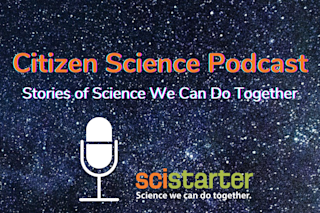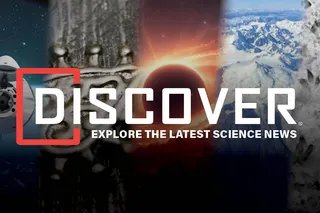This post is based on the latest episode of our podcast, Citizen Science: Stories of Science We Can Do Together! In it, host Bob Hirshon chatted with four citizen scientists about how they got their start in the community and how they share citizen science with others.
Citizen science enables people from all walks of life to contribute to scientific research. Volunteers from around the world collect data, analyze images and make observations in their communities in collaboration with real scientists.
But citizen science is also a community. People come together in pursuit of a common purpose, and share their interests with others. For many citizen scientists, the community they find is as important as the work they do. And many take joy in spreading their passion to others. We heard from four citizen scientists about how their participation in projects has led to lasting impacts for them and others.
...














